8 Unusual and Fun Facts About The Andean Condor
The Andean Condor (Vultur gryphus) is a South American bird that belongs to the New World vulture family Cathartidae, and is the only living member of the genus Vultur. Although it’s numbers are dwindling in the country, the Andean Condor is actually the national animal of Colombia. Despite its enormous size, stunning plumage and fascinating behavioural traits, not many people know about this beautiful bird. If you’re one of these people then don’t worry, you will be an expert after learning about these unusual and fun facts about the Andean condor!
1. The Andean Condor Is the Largest Raptor in the World

With a wingspan of over 3 meters (10 feet), the Andean Condor is considered the largest flying bird in the world. Fully grown adults can reach a whopping 15 kg (33 pounds) and can stand an impressive 1.2 meters tall. This stunning creature is the largest raptor in the entire world and a delight to see in the wild.
2. They Aren’t the Best Flyers
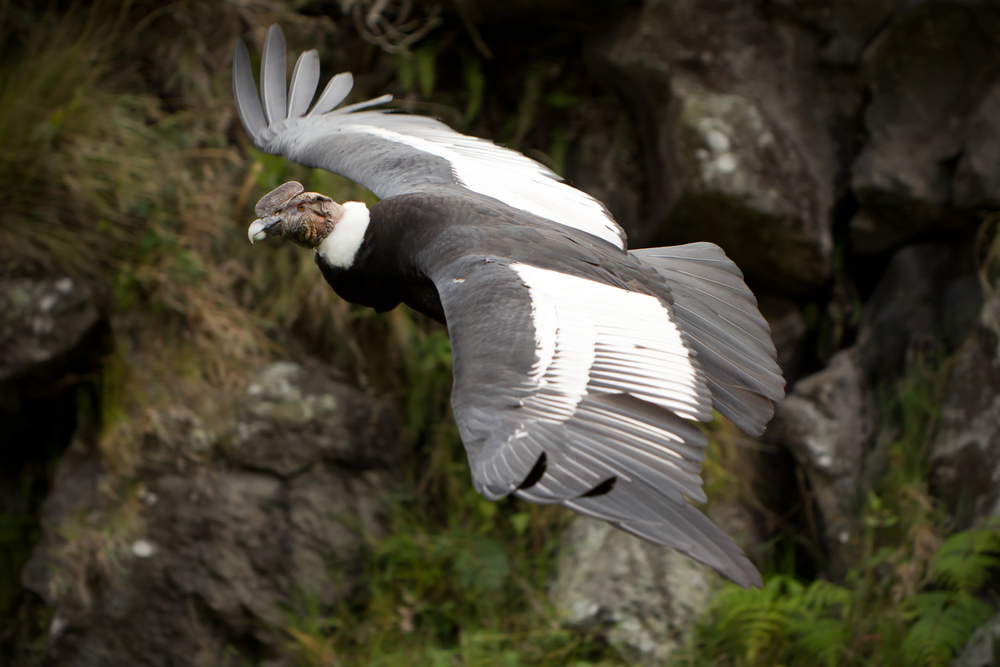
Even with their impressive wingspan, they sometimes have a hard time staying aloft when in flight, due to their enormous weight. That is why this bird prefers windy areas, where it can glide effortlessly on the air currents. Andean Condors, with the help of mother nature, can soar up to a breathtaking height of 5,500 meters!
3. This Unusual Condor Has a Very Distinctive Look!
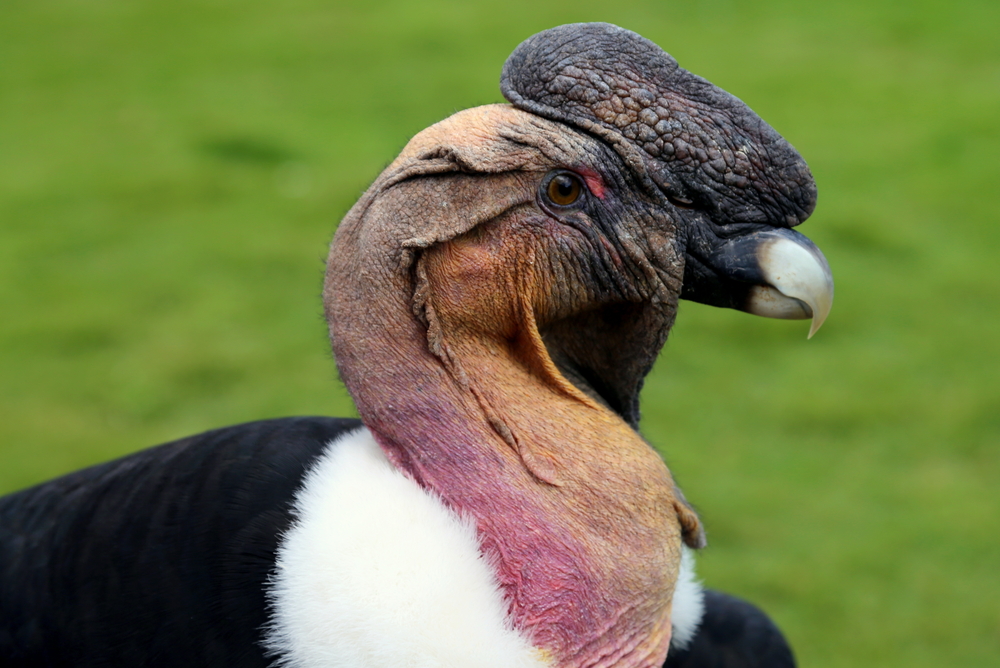
Andean Condors are very sleek looking, with velvety black feathers covering their bodies, and distinctive white flight feathers that reach out like fingers when in the air. Both sexes have the iconic bald head, however, males are much larger than females, have yellow eyes, and sport an eye-catching white ruff at the base of their necks. Females on the other hand, have no ruffle and have red eyes.
4. The Andean Condor Lives in Surprising Places
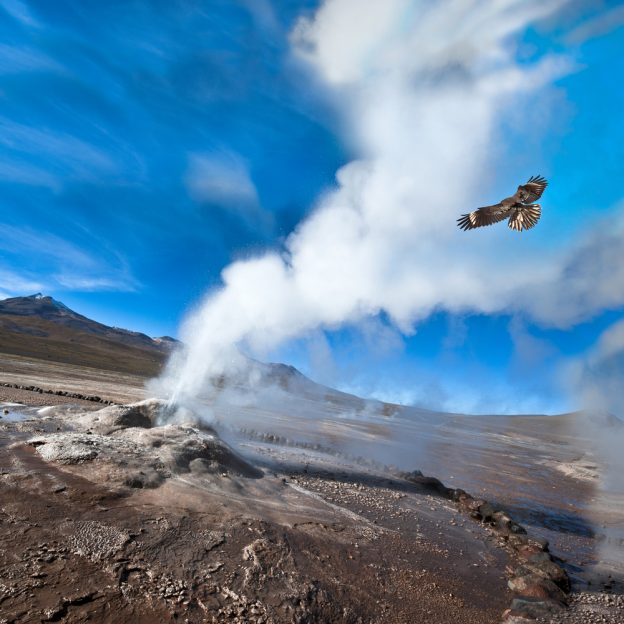
Contrary to their names, these birds don’t just inhabit the Andean Mountain region of South America. These birds can also be found in coastal areas, enjoying the sea breeze, and even some desert areas, where they take advantage of the thermal air currents.
Andean Condor numbers are greatest in Argentina and Southern Chile, however their numbers are dropping in Colombia, Ecuador and Venezuela, making sightings of the bird in these areas increasingly rare.
5. They Have Somewhat Unusual Parenting Techniques
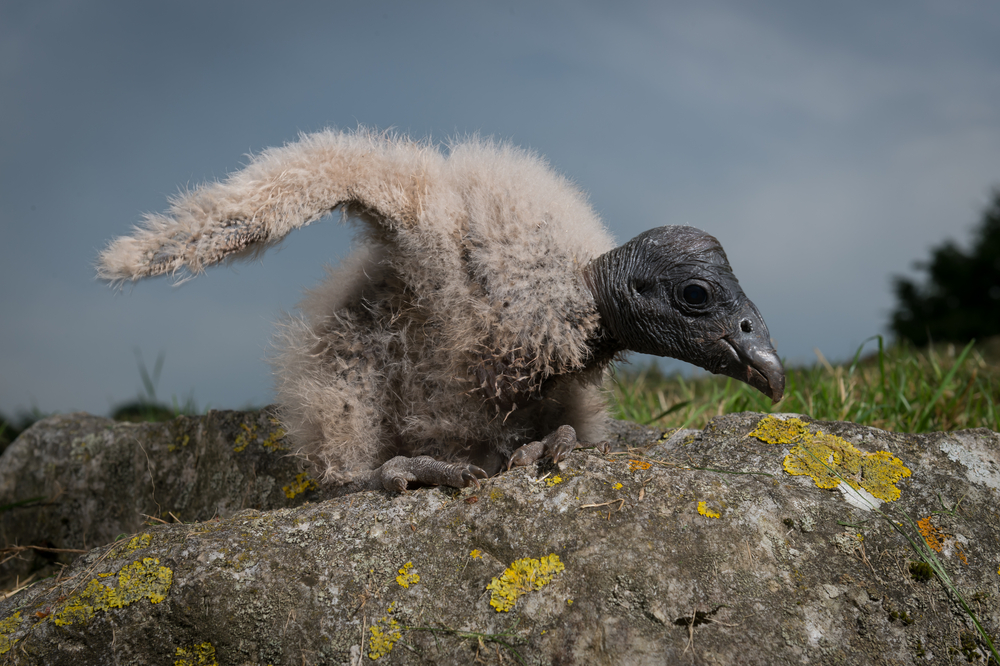
Andean Condors only produce one egg every two years, and the incubation period is long 54-58 days. On top of this, most Andean Condors don’t build a safe, protective nest for their egg, they simply lay it on a bare cliff edge. For these reasons, it takes both parents to incubate and raise the chick together, giving it as much care and attention as possible.
Baby Condors usually leave their parents in their second year of life, and take 6-8 years to reach full adulthood.
6. Condors Make a Great Clean-Up Crew
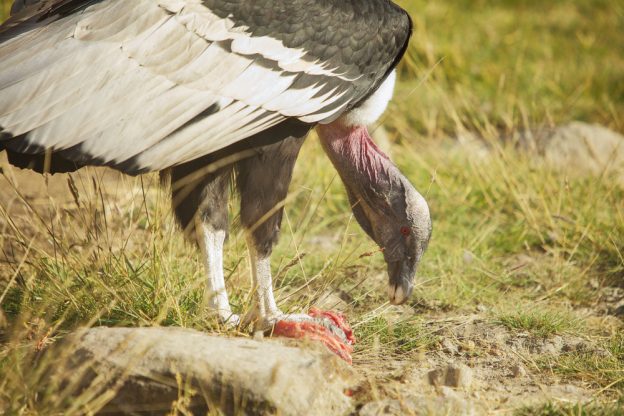
As this Condor is a vulture, you can guess that the bulk of its diet will be carrion (dead, decaying flesh). Because of this, these birds perform a very important ecological job, a sort of natural clean-up crew. Andean Condors prefer larger animals, and so along the coast line they will polish off any smelly seal, fish or whale carcasses that have been washed up on shore.
7. These Birds Live Longer Than You Might Think

The life expectancy for these epic birds is a very fulfilling 50 years. However, some have been known to live up to 75 in captivity. This age is only surpassed by its New World cousin, the California Condor, which has a life expectancy of 60 years in the wild.
8. But Sadly, They’re Facing Extinction
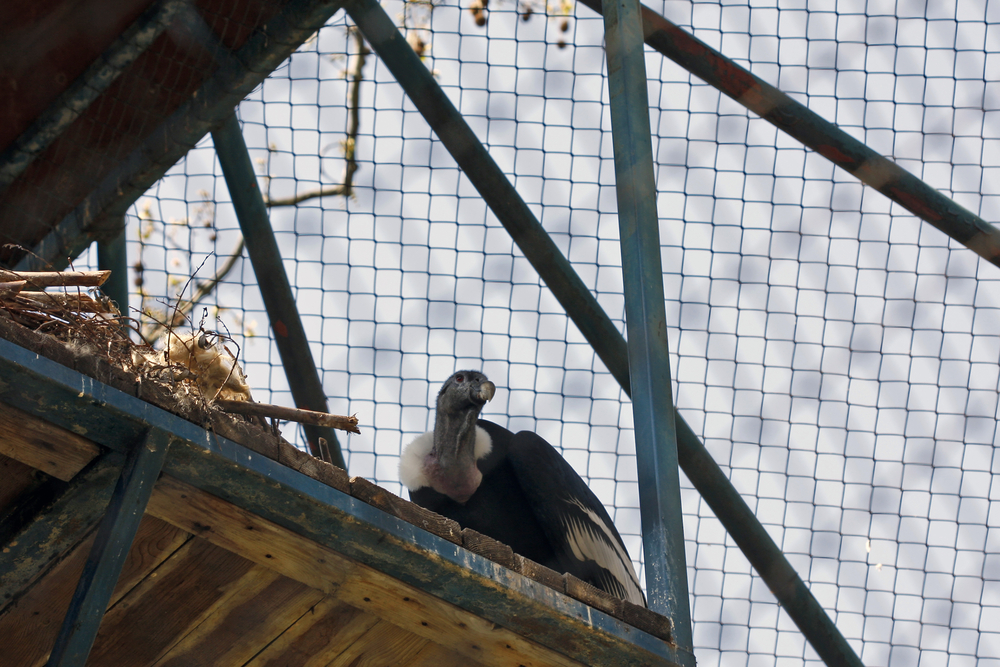
With dwindling numbers in the Northern area of its habitat, the Andean Condor is definitely in trouble. This magnificent bird was placed on the IUCN Red List of Threatened Species in 1973, and is in danger of becoming completely extinct in the near future.
With So Many Fun Facts About the Andean Condor, Be Sure to Spread the Word!
The primary factor in its demise is over hunting by humans that mistakenly believe Condors threaten their livestock. Other factors include loss of habitat, and pesticide poisoning passing up the food chain. However, it’s not all doom and gloom for these beautiful creatures, thanks to the repopulation efforts of many zoos, the condors are finally beginning to make a comeback.
Take a trip to South America and see the Andean condor fly around the Andean peaks before it is too late.

Talk to one of our experienced Destination Specialists to turn your Antarctic, Arctic and South American dream into a reality.
Contact us